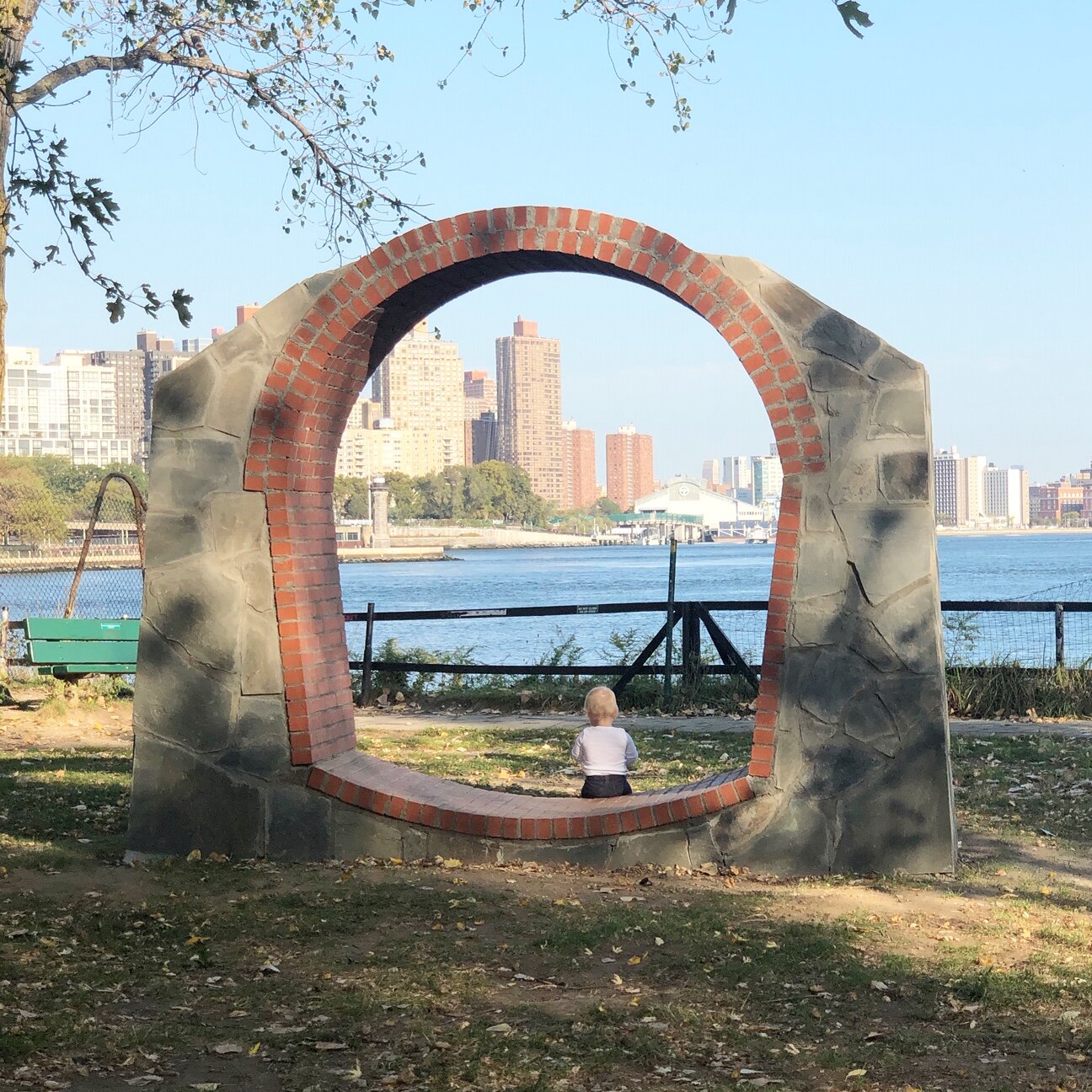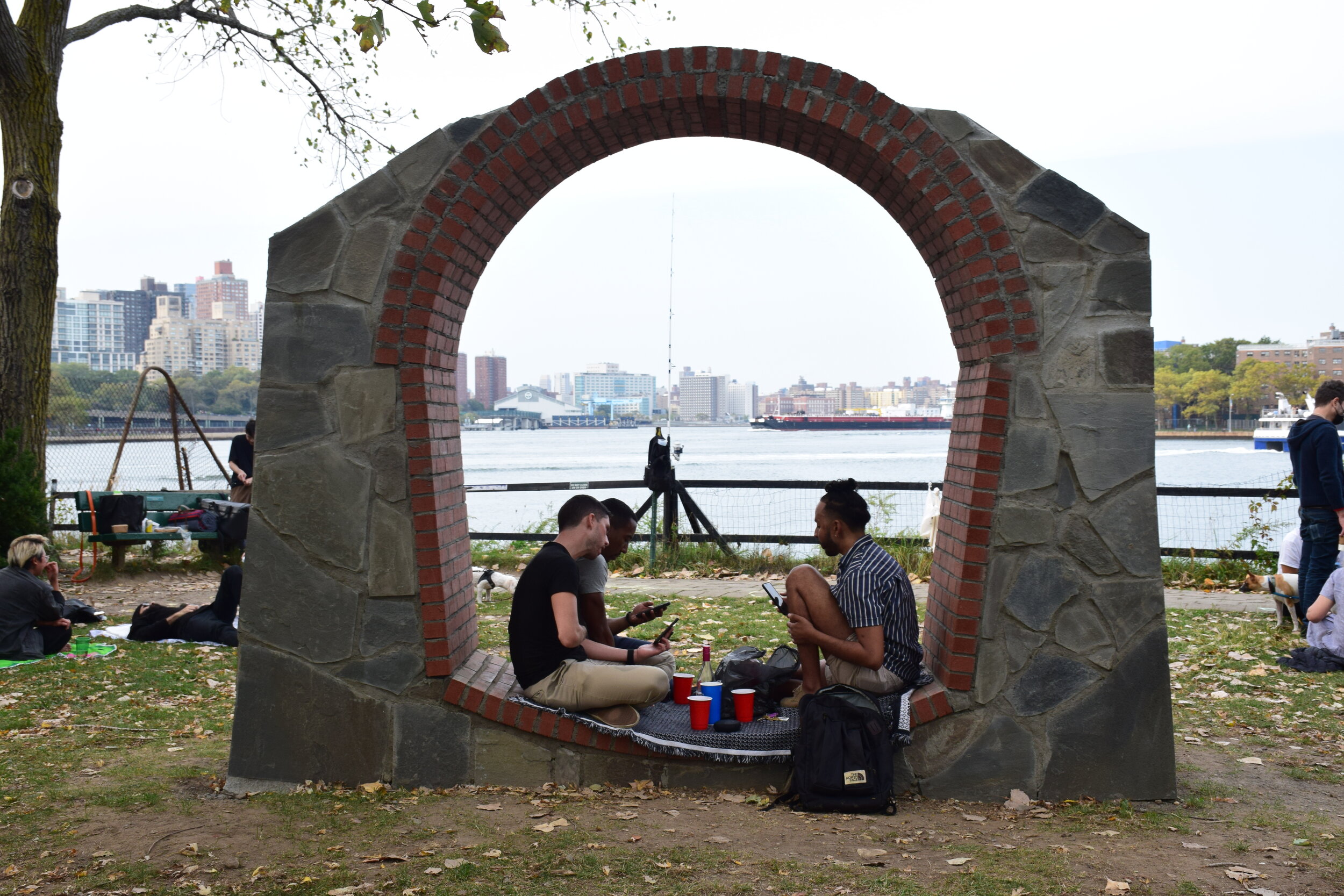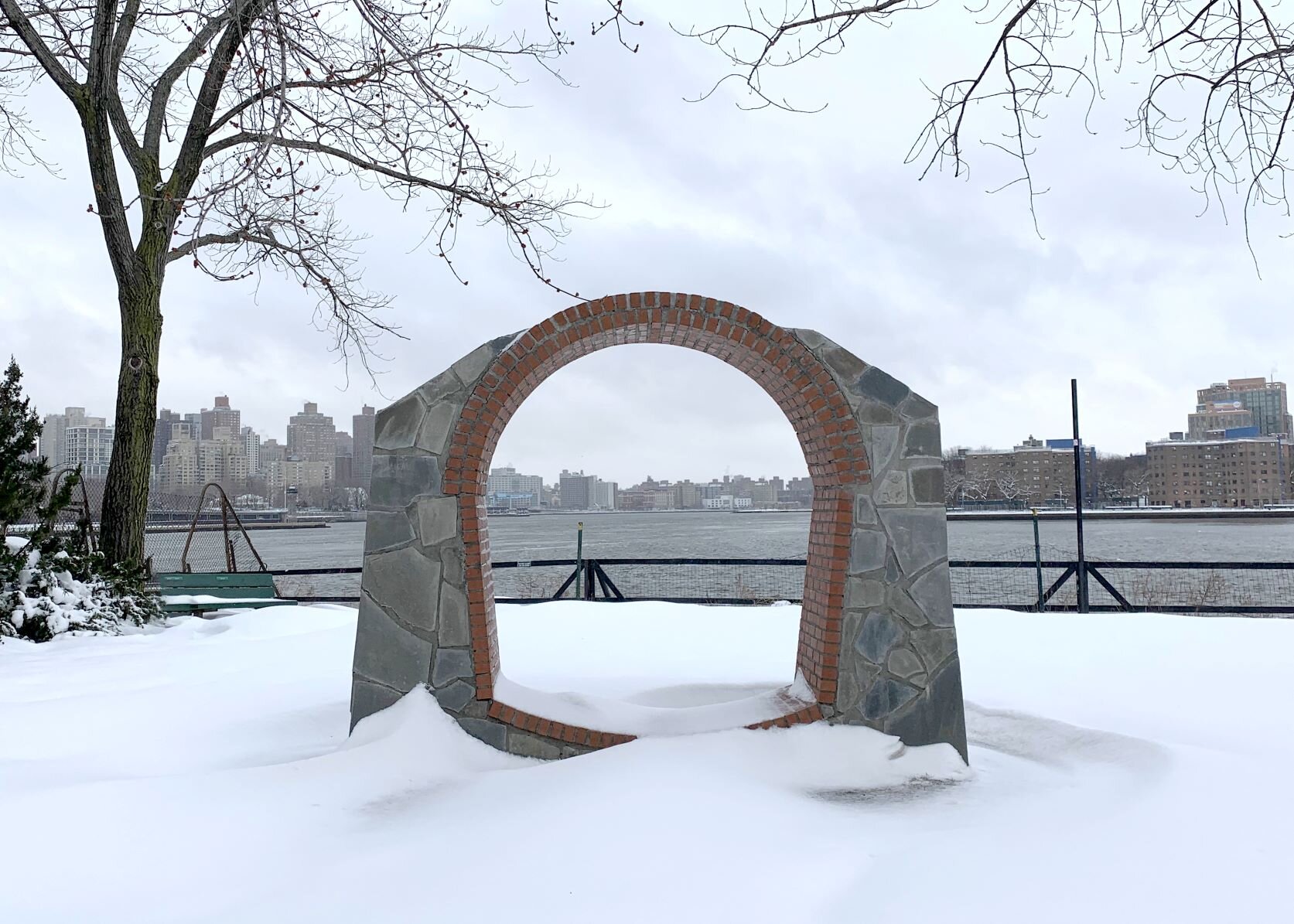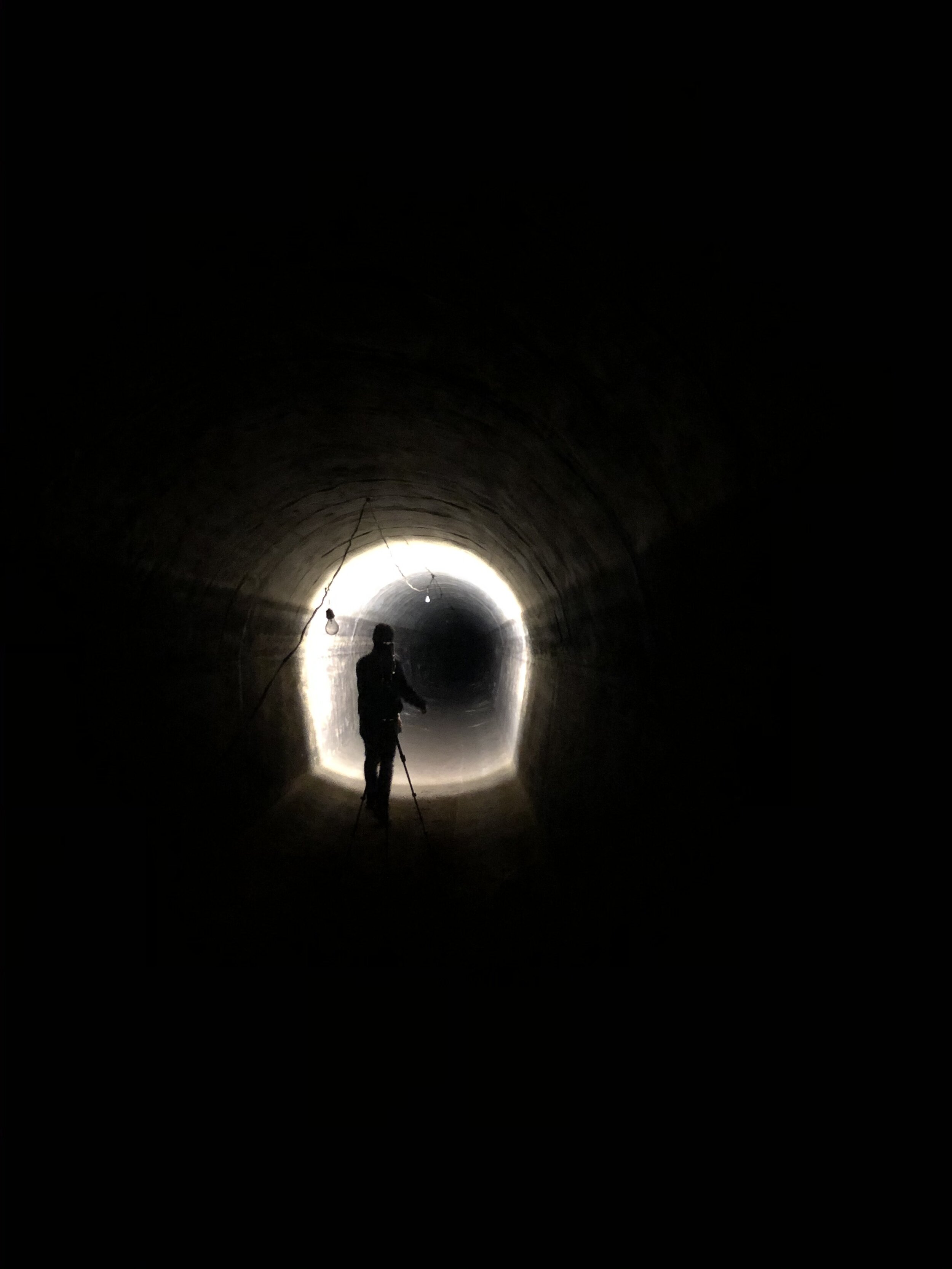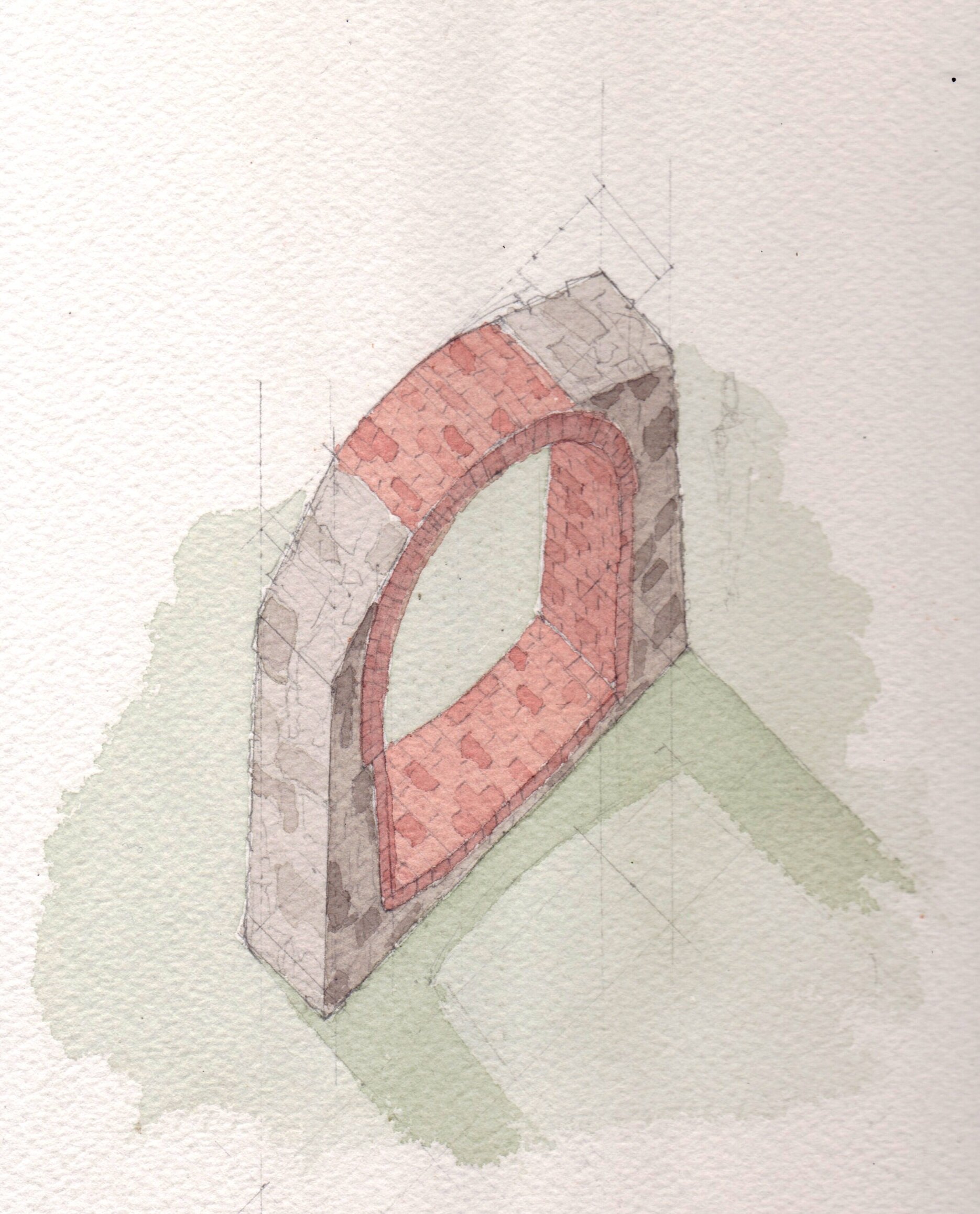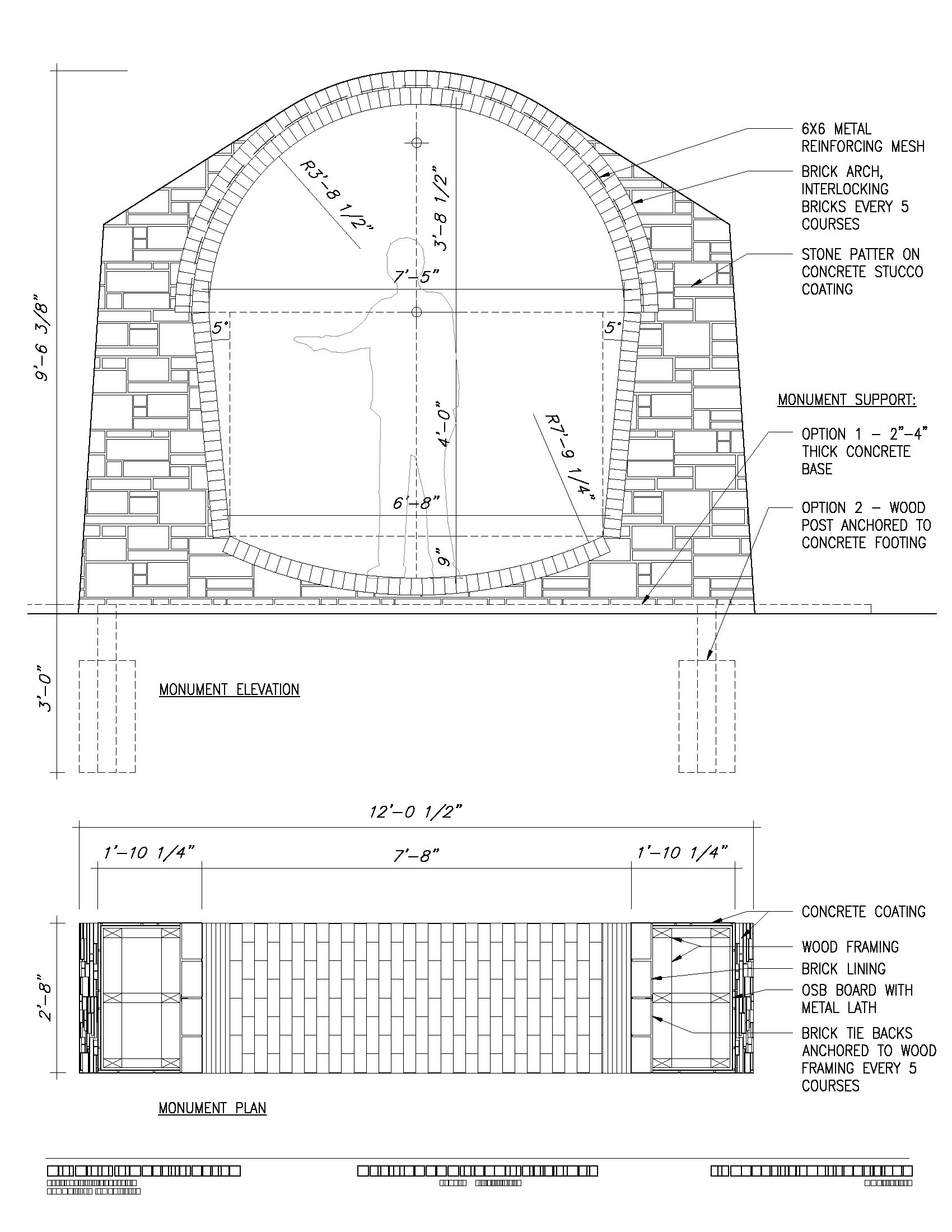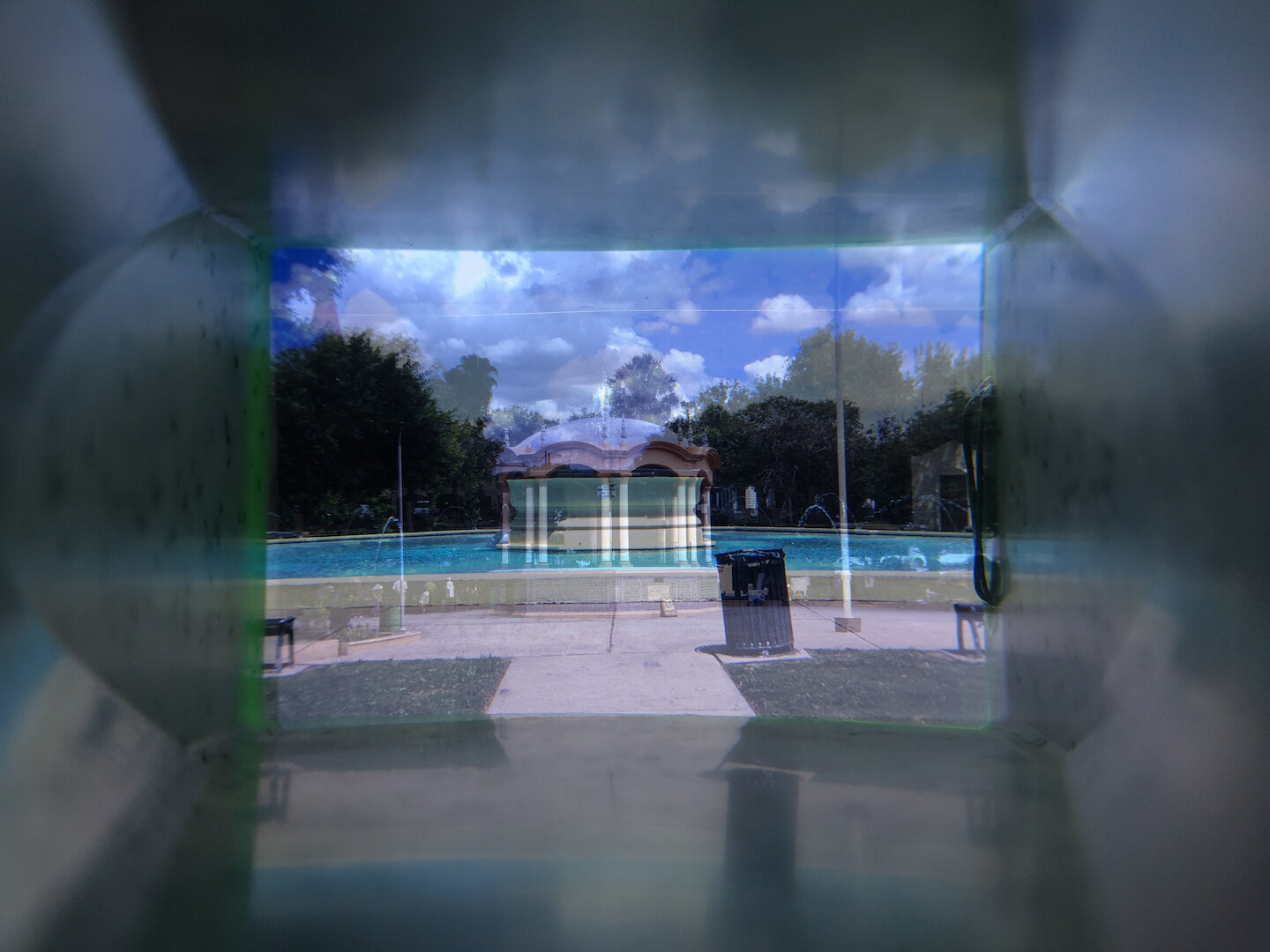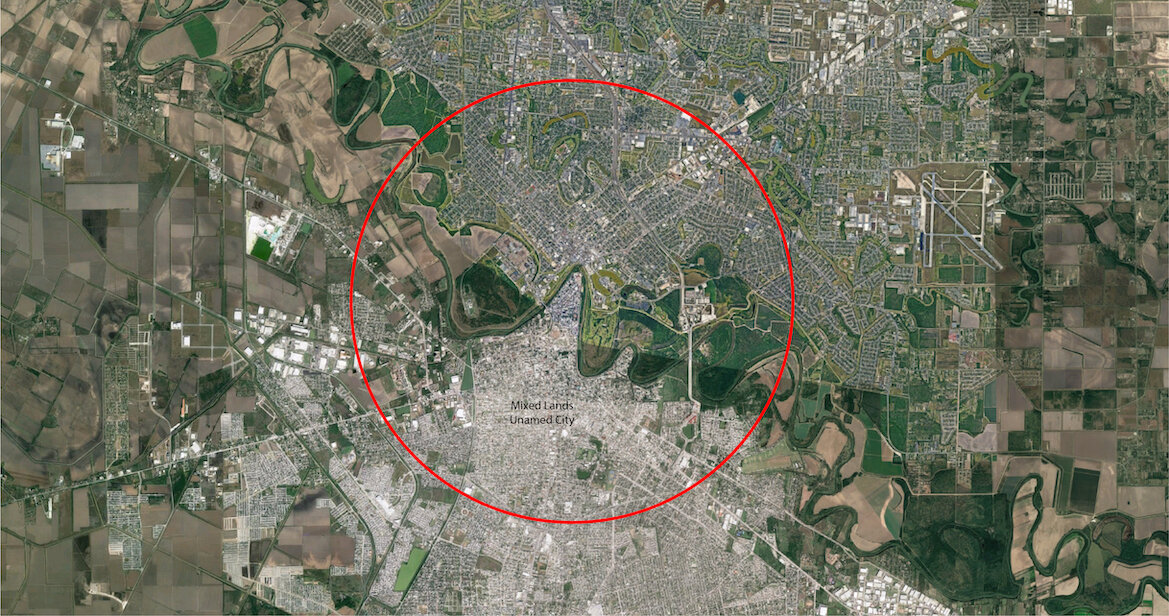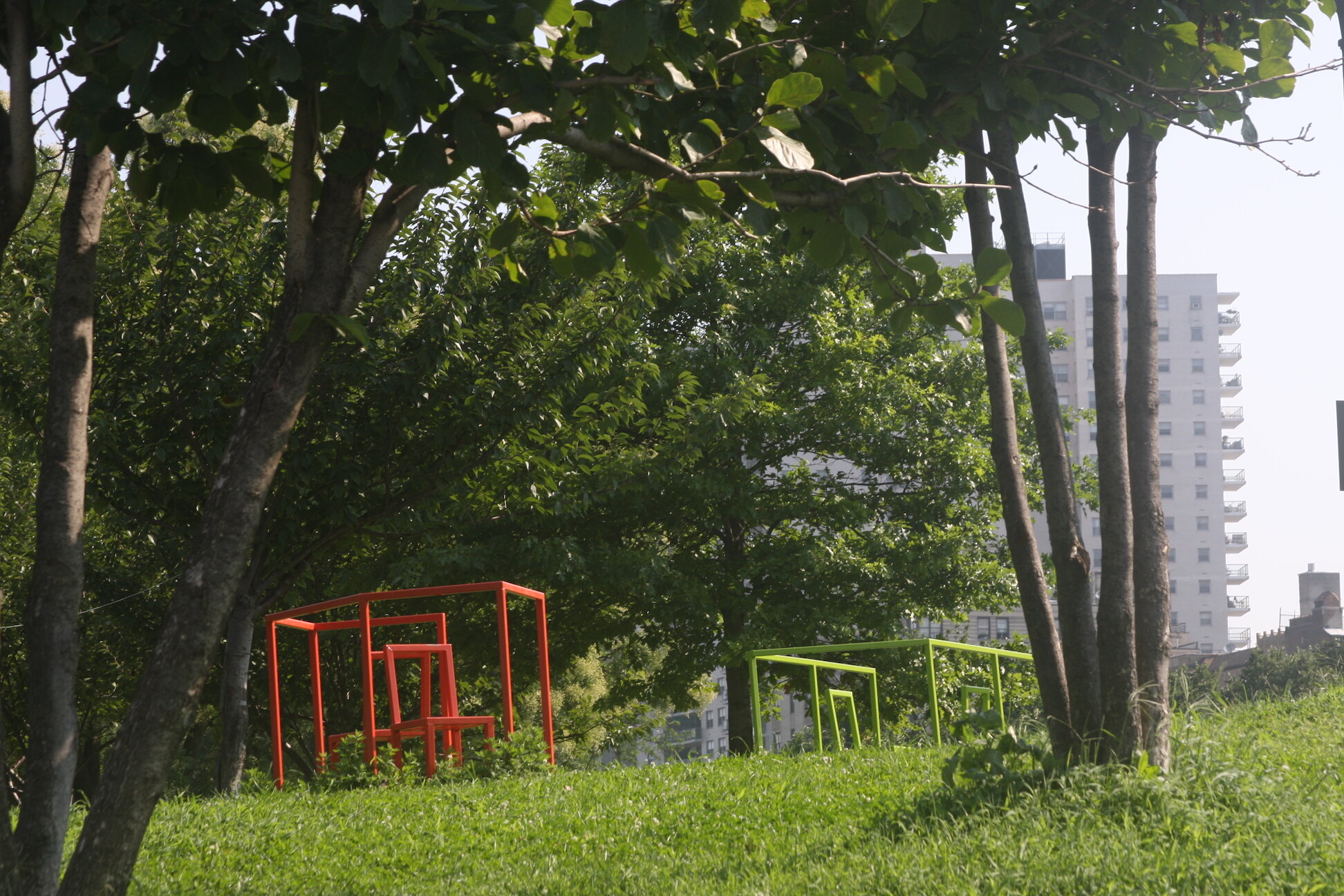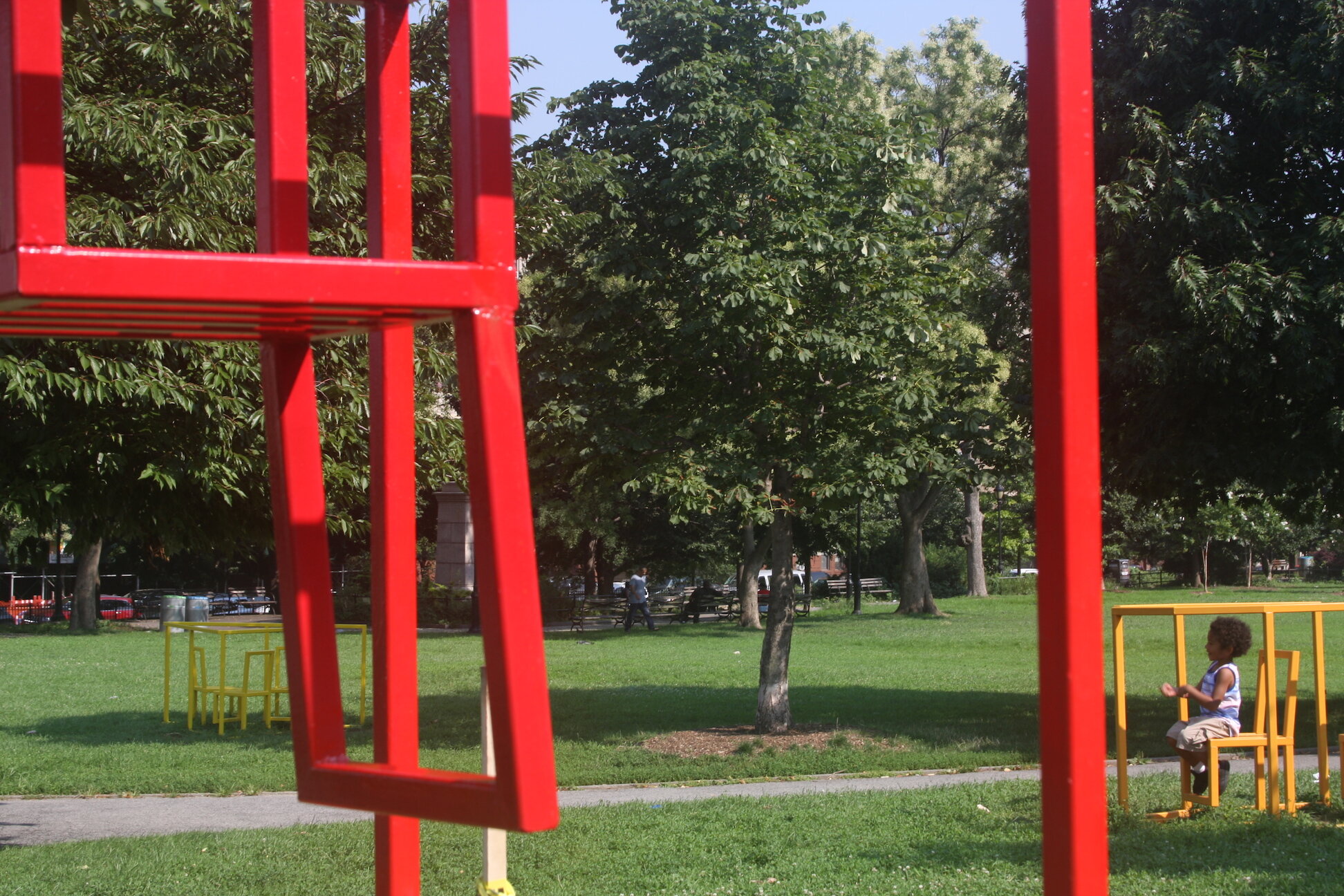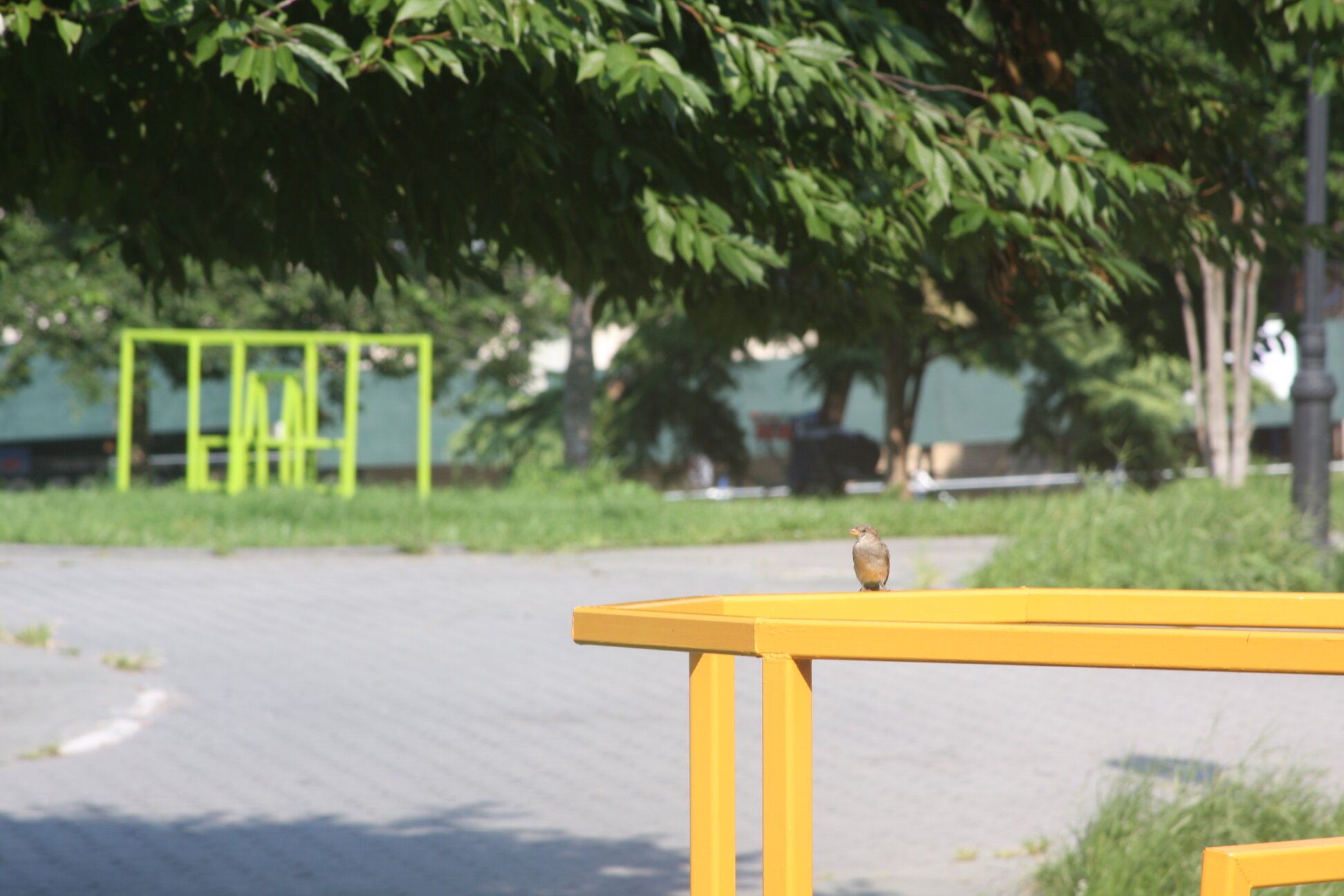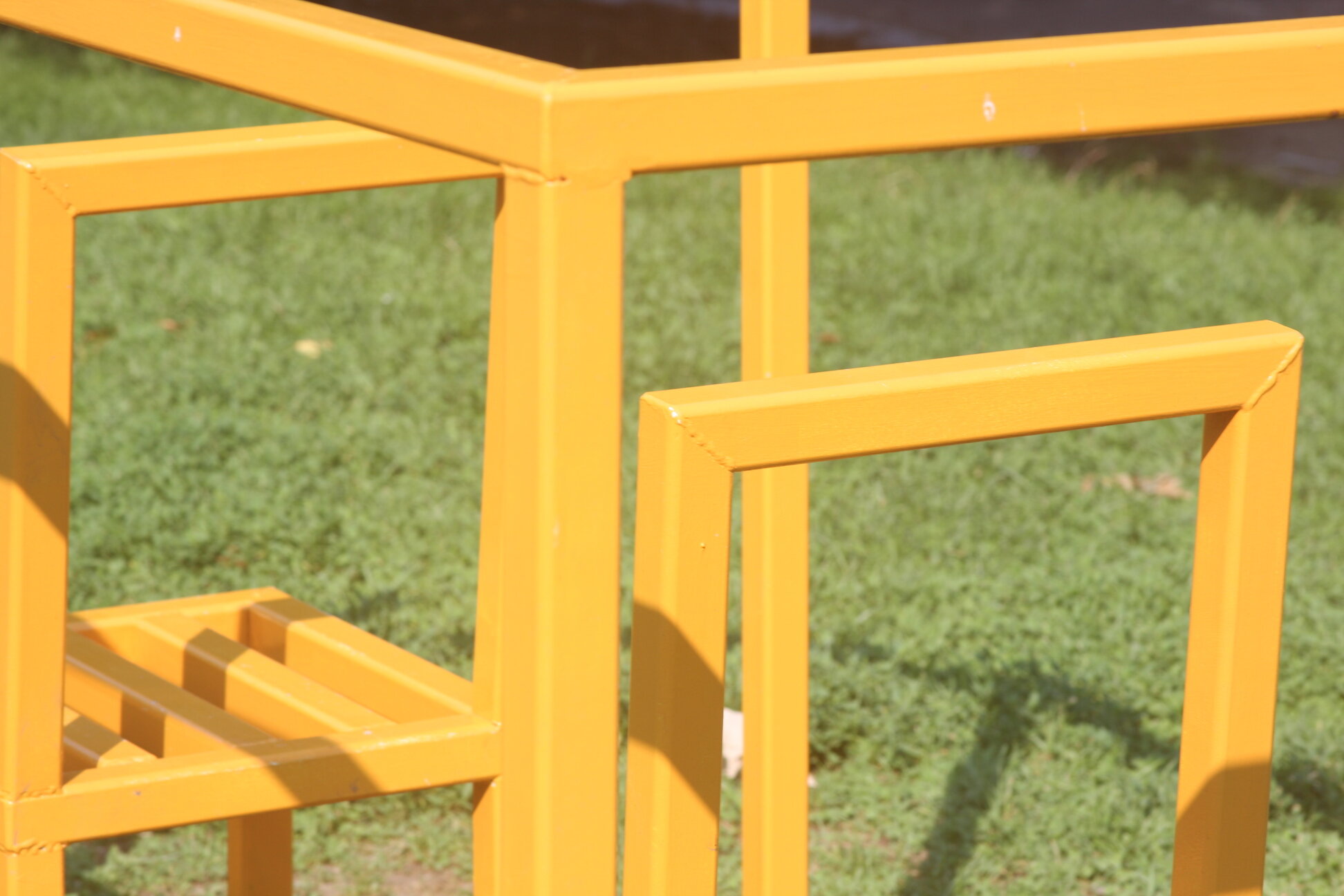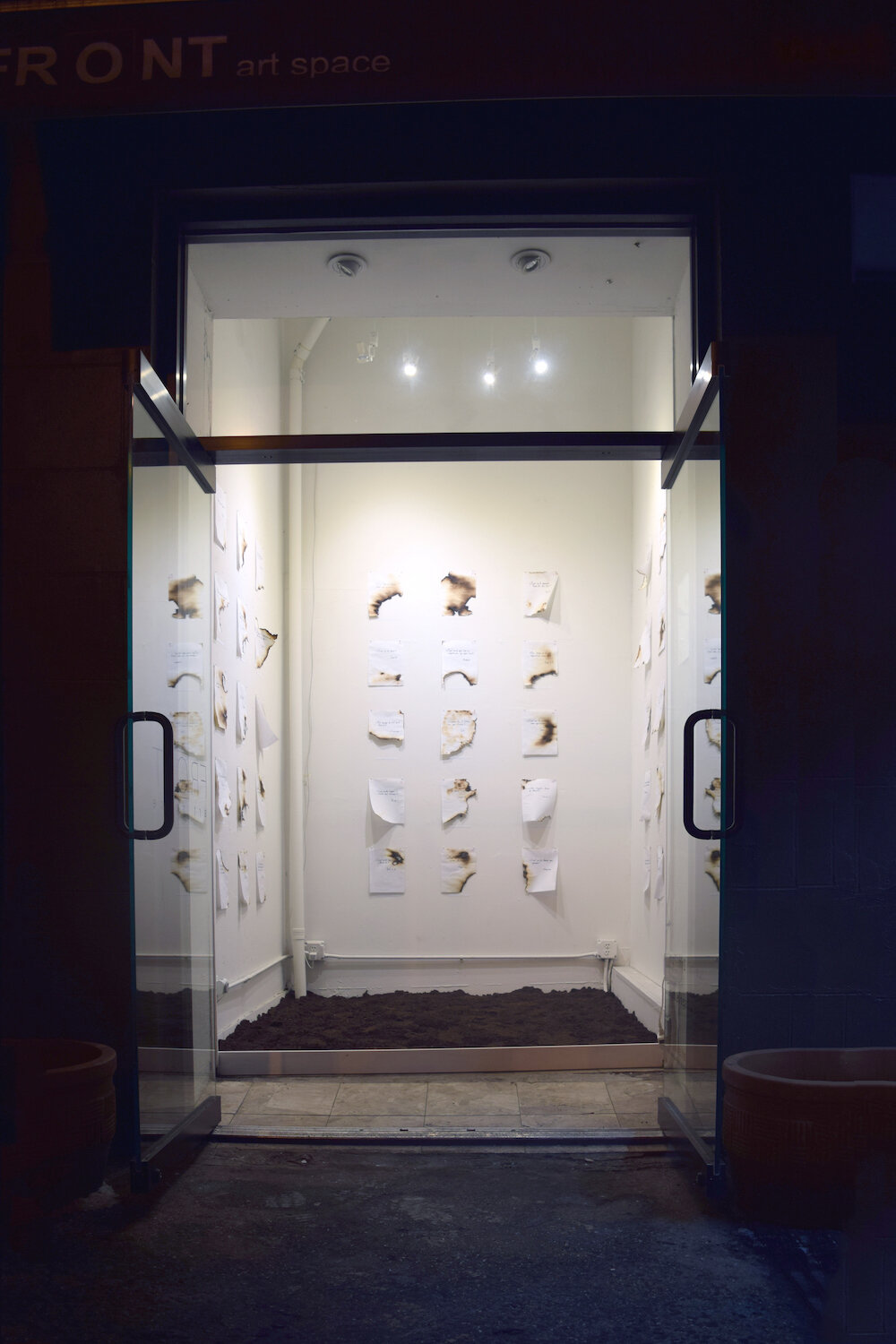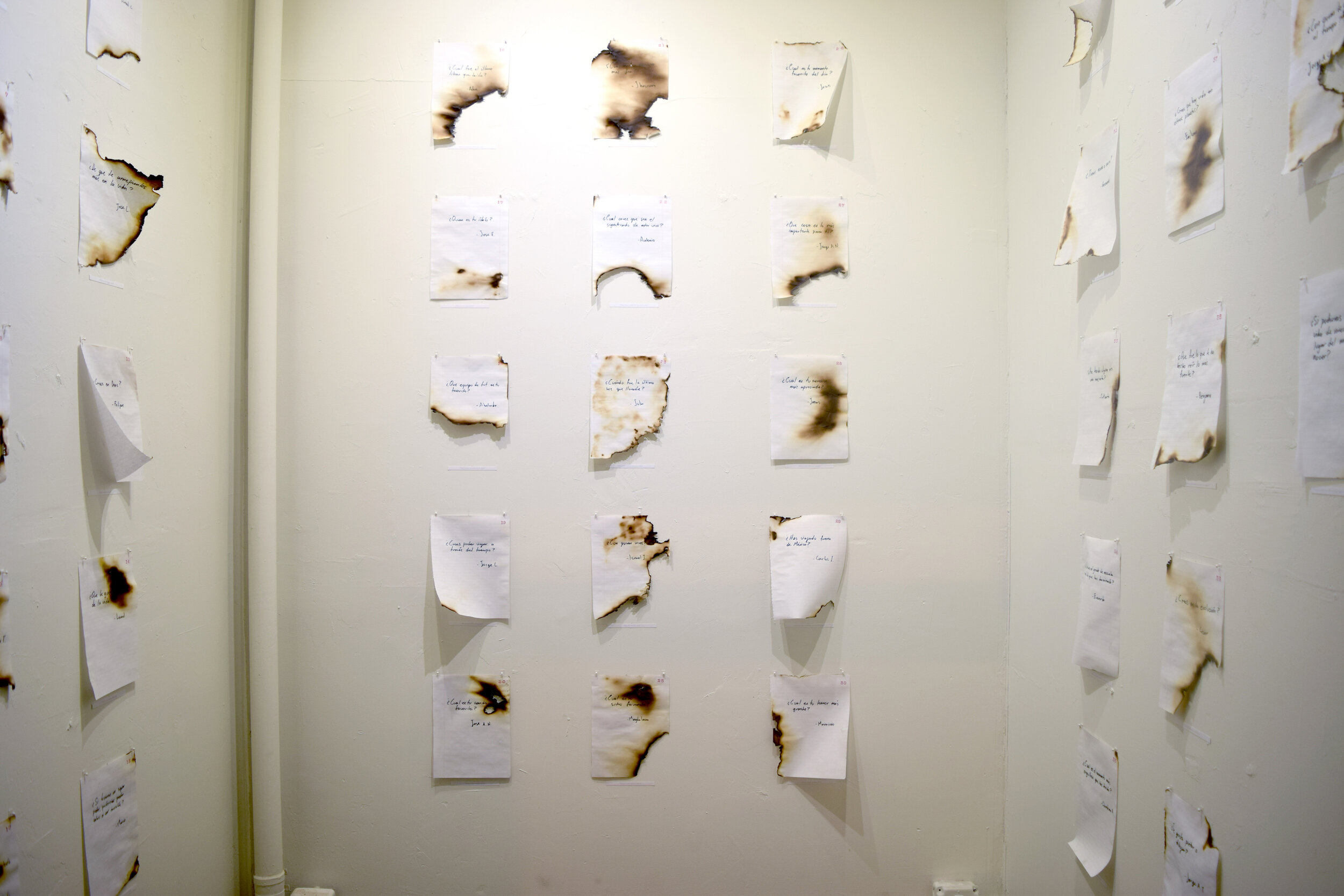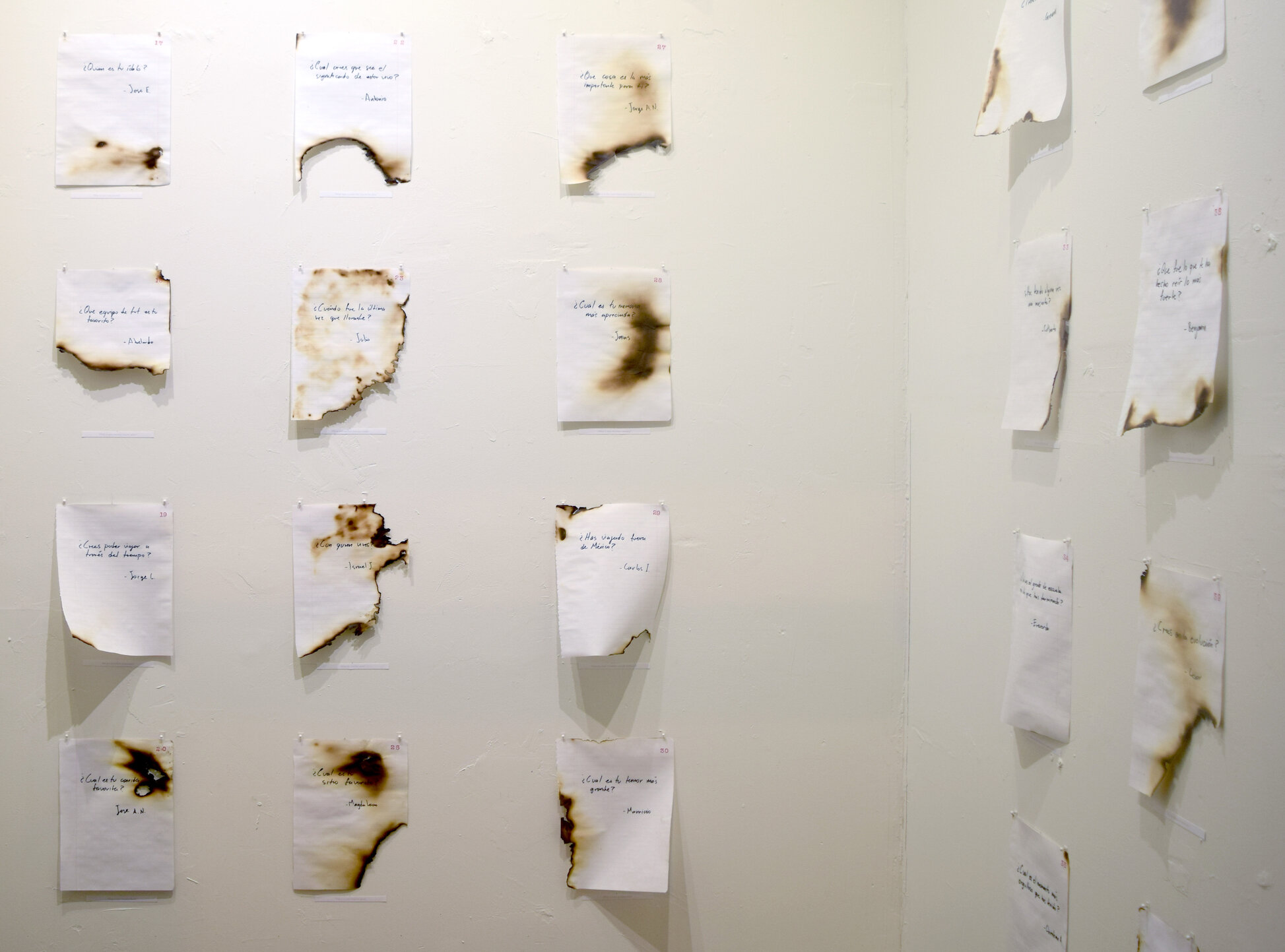Croton Arch of Triumph - Fall 2020 - Socrates Sculpture Park, New York
This sculpture is a monument to the hidden infrastructure of New York City, in particular to the water system built across almost two centuries that currently supply around 1.2 billion gallon of water a day. The arch is not only a monument to the physically built structures veined though out New York State, but to the engineers and business men who envisioned such a impossibly large task, and most importantly to the workers who lost their lives helping build it.
In addition, another important notion this monument is paying respect too, is the idea of foresight and planning.
From the late 1600s to the early 1800s the water supply was limited and short lived. Most of it depended on water wells that soon became contaminated because of the rapid population growth and lack of proper sewage systems. During the early 1800s here were several almost catastrophic moments that could have ended New York. Health and hygiene were at an all time low with high death rates and major emigration. On top of that fires were consuming the city all around. The people, the goverment, and private companies all came together and agreed something needed to be done immediately. Planning began in 1830 and nineteen years later, in 1949 the first major water works system currently know as the Old Croton Aqueduct, was completed.
Climate change today is our version of the 1800’s water shortage, but at a global scale. I cannot think of a human quality that is more in need today than foresight. We need communities, goverment and private companies to come together and plan for the future. Solar panels, renewable resources, and electric cars are some examples of how we are addressing this problem. But perhaps we are not thinking big enough. What seemingly impossibly large task do we need to envision now so that we can protect our future?
Blurred Boundaries - 2019 - Mueller Gallery, Caldwell University, New Jersey
Blurred Boundaries was inspired by an ongoing architectural and urban planing project with the tentative tile of Dual City. This project is about a populated area located exactly in two cities that share a political border. Like Matamoros in Mexico and Brownsville in the United State. Both these cities are photographed for this project Blurred Boundaries. While doing some research, I came across a couple of competitions that involved proposing a re-envisioned “Wall”. These competitions were organized soon after the current administration proposed expanding and building new walls at the border. Many of the participants had interesting spatial and design. Participants were proposing interactive art spaces, gourmet coffee shops and restaurants, cinemas, etc, places for ‘mixed social interaction’. However it seemed to me that no one was truly understanding the main issue of the border. I do not think a border town needs coffee shops and gourmet restaurants. Mexicans want a way out of poverty and need work and money. So, I see Dual Cities as an attempt to formally address the critical issue of immigration. Although there is a heavy architectural emphasis on this issue because we are talking about physical spaces, I see this equally as a political, economical, and social challenge. So in extremely simple terms, the idea behind Dual Cities is a transitional politically and nationally mixed space at the border where people can live and work, as they are legally being processed into the united states.
Blurred Boundaries is a photography installation that challenges the perceived differences between the United States and Mexico. The work consists of recent images taken in two sets of cities in the USA and Mexico: Chicago-Saltilllo and Brownsville-Matamoros. These visuals are juxtaposed and presented on custom-made stereoscopic devices with the intention of mixing and blurring the identity of each photograph. Still and moving imagery are paired by location and feature everyday scenes of life in places such as markets, schools, and parks among many others.
Sitting Together - 2018 - Joyce Kilmer Park, Bronx, New York
Inspired by the neighboring Bronx Supreme Courthouse, Sitting Together critiques the established proceedings of courtroom cases. The sculptures will place the plaintiff and defendant within modified witness stands to encourage empathy and understanding, and redefine how we think of conflict resolution. Color and seating direction in each sculpture address the severity of the conflicts.
43 Preguntas - 2015 - FRONT Art Space, New York
43 Preguntas is an installation in reaction to the disappearance of 43 students from the Rural Teachers’ School of Ayotzinapa. About 100 students were traveling on buses towards Iguala Guerrero to protest the lack of rural school funding at a conference that Maria de los Angeles Pineda Villa, wife to the mayor of Iguala, had organized. On their way to the conference, the students were intercepted by municipal armed police forces. The mayor and his wife had instructed the police to "take care" of the students to avoid them from disrupting her conference. A confrontation ensued and the police opened fire on the buses. Two students were killed at the site, several others fled, and 43 were captured by the police and taken into custody. According to investigators, the police handed the students to a criminal organization called Gerreros Unidos, who allegedly proceeded to kill, incinerate, and dump the remains of the students into a river. To this day, the remains of only one student
has been found.
The installation consists of 43 questions directed to the members of cartels and criminal organizations. The purpose of these questions is to engage the viewer and to trigger a process of contextualization and generate an imaginary dialogue between the missing students and the cartel members. Generating possible answers would provide a scenario that would yield clues as to what kind of individuals constitute the criminal organizations, and what types of lives they lived before turning to violence: "Do you have any siblings?"; "Who do you love?"; "When did you hold your first gun? ” If we got to know who the kids behind the guns are, perhaps we would be closer to uncovering the mystery underlying the manifestation of violence in Mexico.
